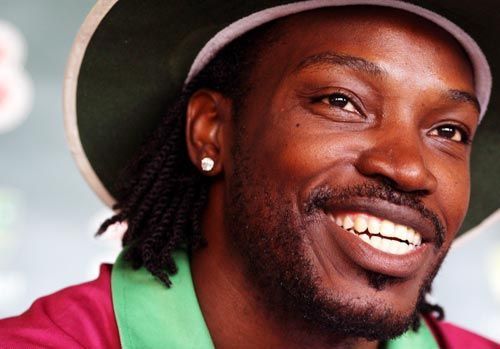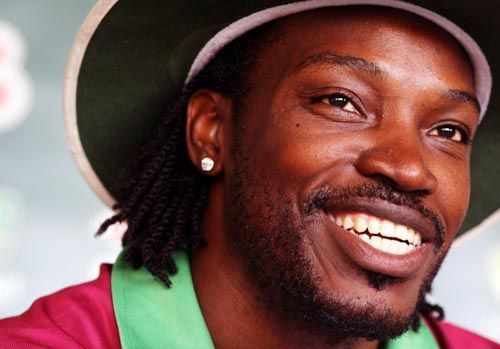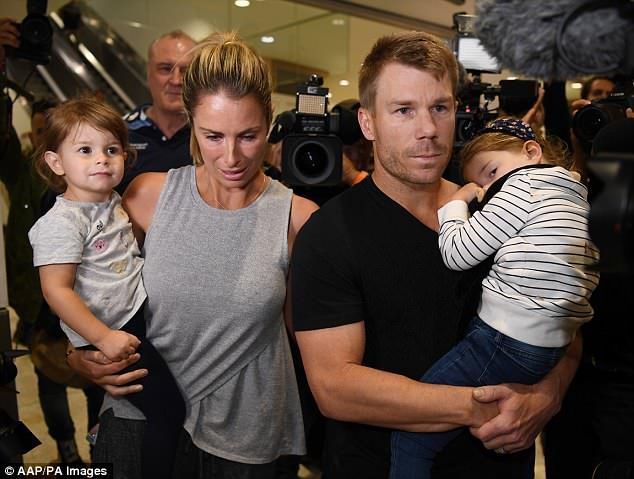
Are racism and abuse ingrained in the game of cricket?

Here we go again.
Chris Gayle writes on a whammy that racism pervades all sport, and Darren Sammy scorns at the ICC to know if they're listening.
Jofra Archer, who was on the receiving end of racist taunts at New Zealand last year, puts out screenshots of a man directing verbal volleys at him, and calls for action.
Shannon Gabriel asks Joe Root if he 'likes boys' after the two exchange stares in a Test match at St. Lucia in January 2019.
Justin Langer gets called a 'cheating b******', and Candice Warner gets plunged into the middle of a hotly-contested Test series in South Africa using a decade-old saga.
The connection isn't obvious, and yet it is. All five are forms of abuse, whether you choose to label them as racist, sexist, or homophobic.
The easiest option, of course, would be to screw your ears and not utter the word, but this writer isn't going to do that. This is not to sound like an old man, but to understand why so many people get the stick they don't deserve. Racism is what it is, whether in sport or the world, and muffling its sounds like most of us are doesn't help.
Notwithstanding which side of the George Floyd debate you stand on, as Archer calls out, racism has no place in cricket. It is vile, spineless, and can be justified by no line of testing an opponent's toughness. And yet, it keeps happening, like seasonal rain, acidic in nature, interspersed by moments of inactivity like a Pablo Neruda poem.
And suddenly, path-breaking keyboard activists are moaning that their Instagram feeds are taking too much time to load (they forget the buffering icon is more white than black).
You wonder what the world is up to. You wonder if you could just knock yourself out. You wonder if you'll will be consumed by the hate before the virus.
But spare a thought for the abused, because more often than not, the people who were were just at the wrong place at the wrong time. Their intentions didn't deserve what they got; they were all victims of a propaganda aimed at disintegrating their minds, results of the famous hate-to-beat psychology. And the vilest of all was directed towards Mrs. Warner, who just came in the way (or was brought) of what was being thrown at her husband.
Do we call it abuse or is it only sledging? The boundaries are imaginary, as are the intentions. Yes, you get those friendly jibes often enough in cricket, the lower the grade the funnier. But how similar are the intentions as you graduate to top-level cricket?
How often do you call the opposition team's coach a 'b******' and meet him at the pub at the end of the day's play to share a laugh? Cricket is, was, and will be the sport of the man on top. And how much of its inherent abuse is a result of this desire to be on top?
The desire to be on top

Verbal aggression isn't just marked by toughness and the assumed lack of it. This argument runs common across a number of male societal complications; to 'grow a pair and man up' becomes very familiar if you're a man in the age of social media. Outside cricket, it is being identified as one of the key reasons to why men are less empathetic than women, but within our sport, it is still a convenient buttressing of the inability to win games on your own.
Like those men who resort to getting personal, and the option of moaning the externally scathing "I'm not arguing with a kid", it is in many ways the easy option of bringing things outside cricket into play. Particularly easy in a team game that is as less of a team game as it can get.
And how much of the game's coffers are built on racism and psychological abuse? You can't expect to pit fans and nations against each other, be it with the intensity and political background of India and Pakistan, or the history of England and Australia, and not expect taunts of 'Langer, you cheating b******' being thrown in the air.
Abuse is hardly always from players, which can be strengthened using the notions of celebrity status and the 'setting a bad example for kids' bandwagon that cricket loves visiting. If you dare to ask the question of why racism is ingrained, these are answers too.
Verbal abuse is a lot more than people think. Peg Streep, author of the best-selling Necessary Journeys: Letting Ourselves Learn from Life, maintains that scientifically, 'the circuitry for physical and emotional pain appears to be the same' and 'verbal aggression and abuse are internalized'.
Oftentimes, it is not just the abuse; it is the moment, the occasion, and the glories that could've been, but didn't, that play on the victim's mind. They were all perhaps part of the greater reason why Candice Warner ended up having a miscarriage.
The vilest abuses are those targeting families, as Mrs. Warner found out. And even then, after all that happened, it was her husband that was demonized and not Quinton de Kock (not to suggest that Warner was an angel; that would be foolhardy). The things that De Kock got away with, in that staircase brawl, are quite extraordinary in isolation.
To quote Candice Warner herself:
"I feel like it's all my fault and it's killing me, it's absolutely killing me. I haven't been much of a support because I've been a wreck".
The imprints that abuse, or sledging as we prefer to call it, leaves are beyond cricket, and take some of us full years to banish. It is all down to a culture we have formed- a weak, sexist culture that assumes itself to be paramount.
David Warner wasn't a victim here, but Candice was – a young, independent woman, considered his salvation by her husband, who was plunged into the middle of two teams of warring men who never cared to see her as an individual. That's at the heart of abuse, and Candice Warner presents the painting of the abused.
We don't realize two basic things before we call someone a 'knobhead'.
Words are powerful.
And cricket, at its heart, is only a game. The game that men played on leisurely afternoons in England after a cup of tea. Not the war that Warner and De Kock made it to be.
Racism, sexism, and homophobia all are the same colour in our sport- the colour that is a mixture of the varied intensities of the desire to be on top.
When the motivation behind sledging is the very root cause of abuse, we could do two things.
One- to put a leash on ourselves, mind our tongues, draw the imaginary line of control, and not get personal. These are the same things that players and fans have been doing seasonally for years, through moments of inaction, until it starts raining again.
Two- stop normalising sledging as just another part of cricket, a marker of a batsman or bowler's fortitude, when it likely is not.
Of course, this could easily be confused for a tirade against friendly banter – but it's not. For what it is, it is against all those TV ads, talk shows and marketing tools, that take hatred for granted, and glorify the 'men are meant to be tough and hard' juggernaut.
It makes for little, and isolated events like the Dean Jones saga will still come to light.
But at least we can go to bed every night with lighter shoulders, convinced that they're not 'ingrained' from our game, convinced that there are larger forces beyond our control that work towards making other George Floyds. At least we wouldn't need to writhe in inaction, posting jet black squares on Instagram timelines, as mere anodynes for what we aren't able to do.
And these, as we all understand, are times when we need to learn the art of not being on top, of being the spectator and not the spectacle, of being the student and not the headmaster, and realizing the fact that not everything is about you.
As Harsha Bhogle languidly puts it, 'No one owns this world.'